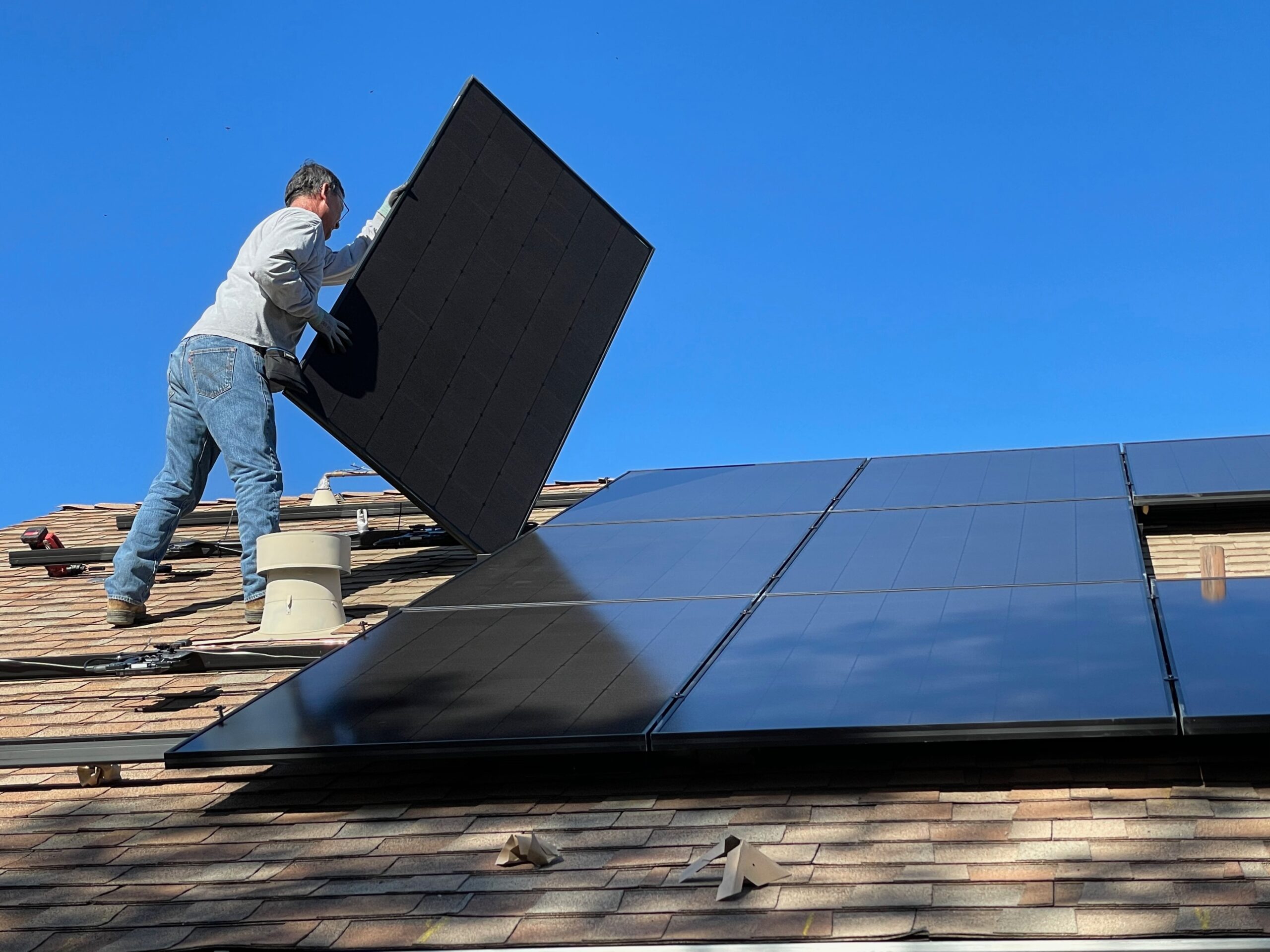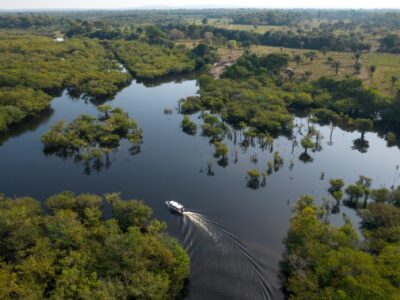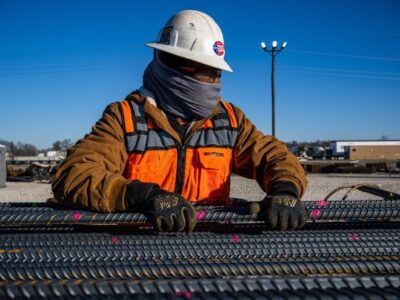Clean energy infrastructure spending is boosting the United States economy. The federal government recently announced $503 billion in business investments in the sector, driving healthy economic growth.
Money pouring into clean transportation, manufacturing plants, and software now accounts for 15% of the economy, according to the Bureau of Economic Analysis. That kind of sustainably-focused spending is up more than 50% in the last quarter alone, driven by numerous projects across the country.
“Infrastructure literally lays the groundwork for private investment,” Brian Deese, National Economic Council director, said in remarks to the City Club of Cleveland. “Businesses can move goods to market more efficiently. Supply chains can operate more reliably. Workers can connect with more places and higher-productivity jobs. And today, we’re laying that groundwork at a historic scale.”
Consumer spending — the value of goods and services purchased by Americans — is a critical part of keeping the country out of a recession. In fact, it makes up two-thirds of the nation’s economy and is part of the clean infrastructure adrenalin.
New clean energy infrastructure projects, both federal and private, are adding thousands of jobs to the economy, contributing to consumer spending nationwide.
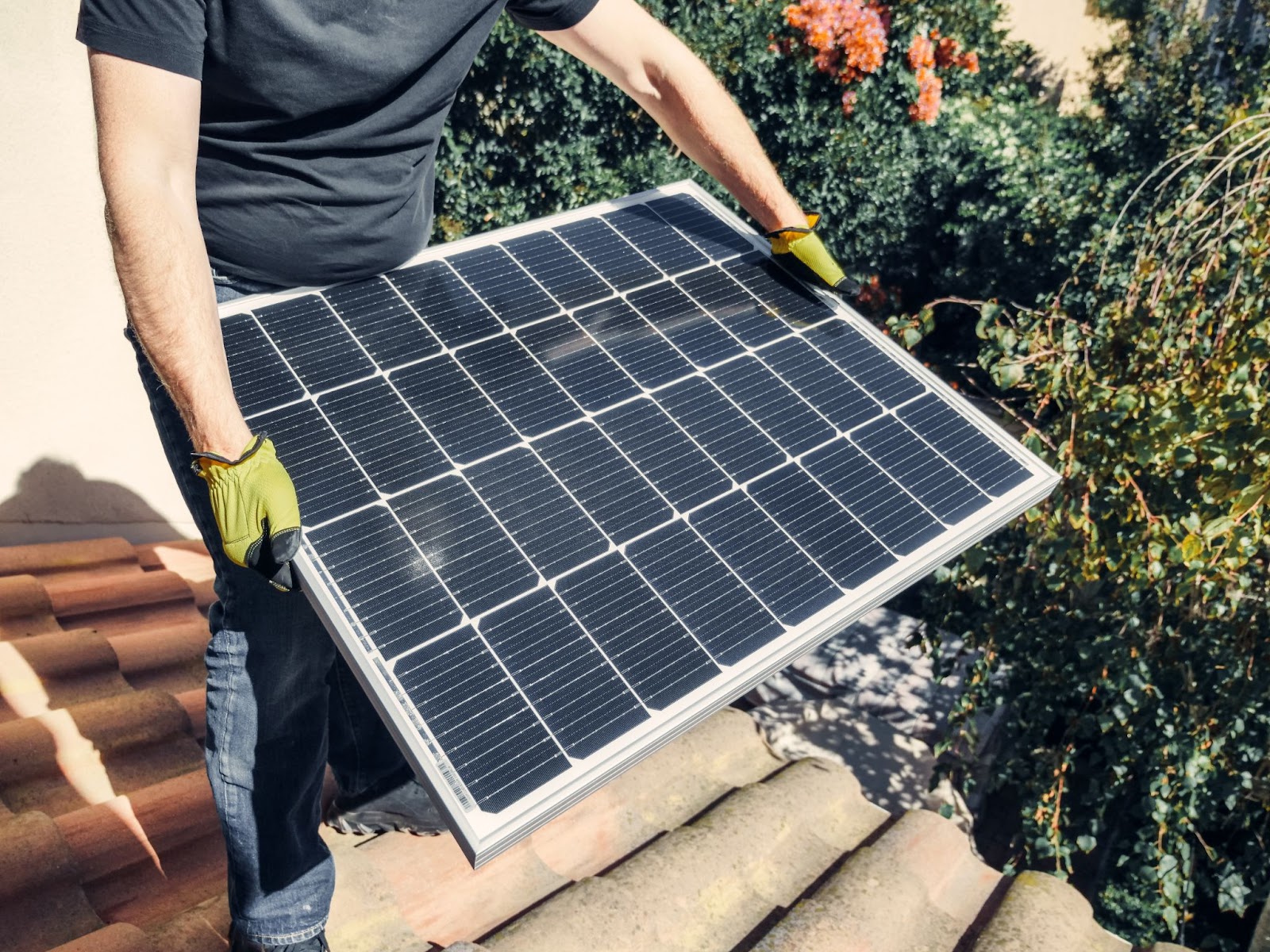
Photo Courtesy Kindel Media
“We were expecting infrastructure spending to hit in 2024 and 2025, but it’s making its way through the economy much faster than that,” Diane Swonk, chief economist at KPMG, told “The Washington Post.” “We’re getting renewed strength from infrastructure spending and other stimulus that is adding to the economy in a big way.”
In many places, the demand for electric school buses is exceeding manufacturing capabilities. Thomas Built Buses, the country’s largest manufacturer, has shipped more than 300 buses to schools in Virginia, South Carolina, and Pennsylvania. The High Point, North Carolina-based company relies on federal infrastructure funding of up to $375,000 per zero-emission bus, funding that helps support new jobs and builds electric charging stations for the buses.
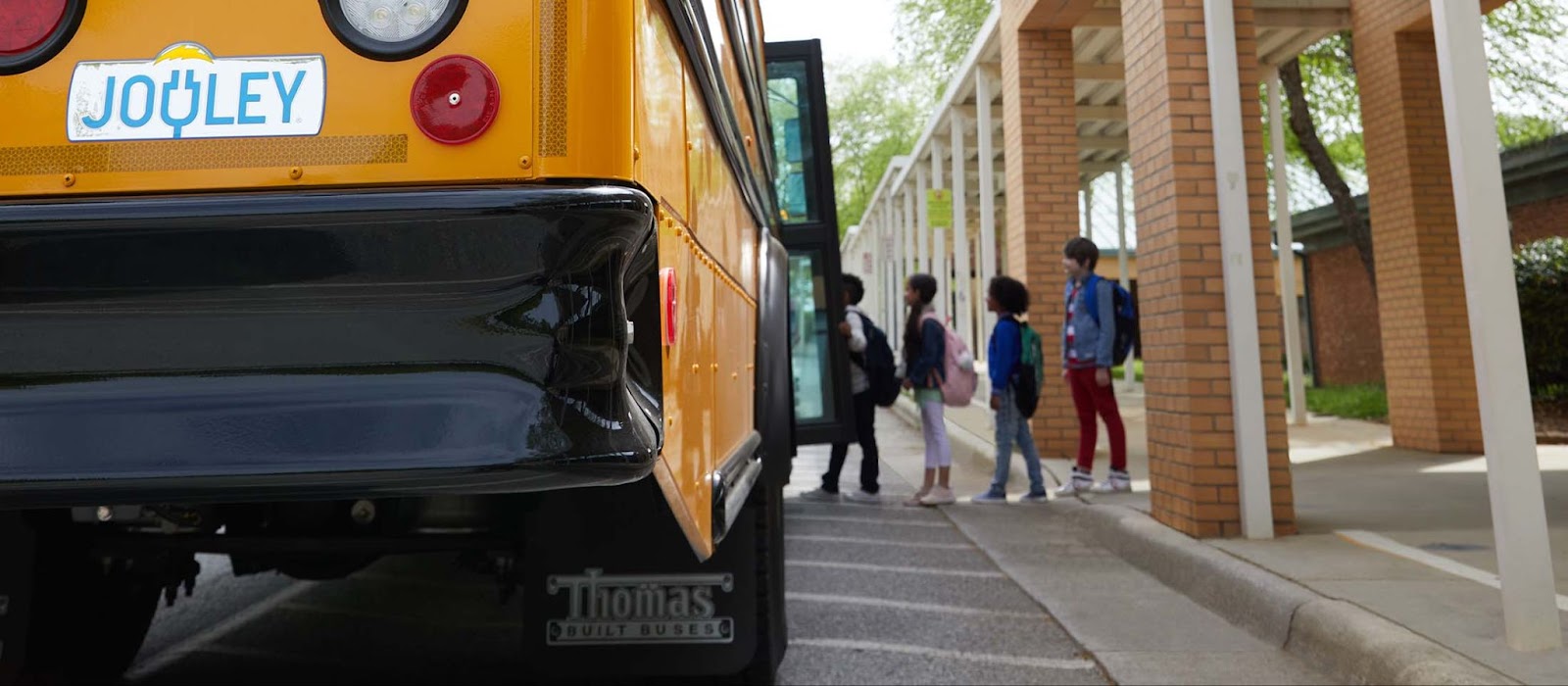
Photo Courtesy Thomas Built Buses
“We’ve seen exponential growth from infrastructure funding,” said Daoud Chaaya, vice president of sales and marketing at Thomas Built, told “The Washington Post.” “It’s been the biggest propeller of exploding demand.”
In Washington, at least 400 new jobs are coming thanks to construction at the Spokane International Airport. The building is spurred by $23 million in federal dollars to construct an overpass that eliminates two dangerous intersections.
The rapid increase in clean energy infrastructure spending is just beginning. Experts predict that the Infrastructure Investment and Jobs Act and the Inflation Reduction Act will lead to at least $3.5 trillion in funding over the next decade. That’s money for cleaner, more sustainable infrastructure for the U.S.
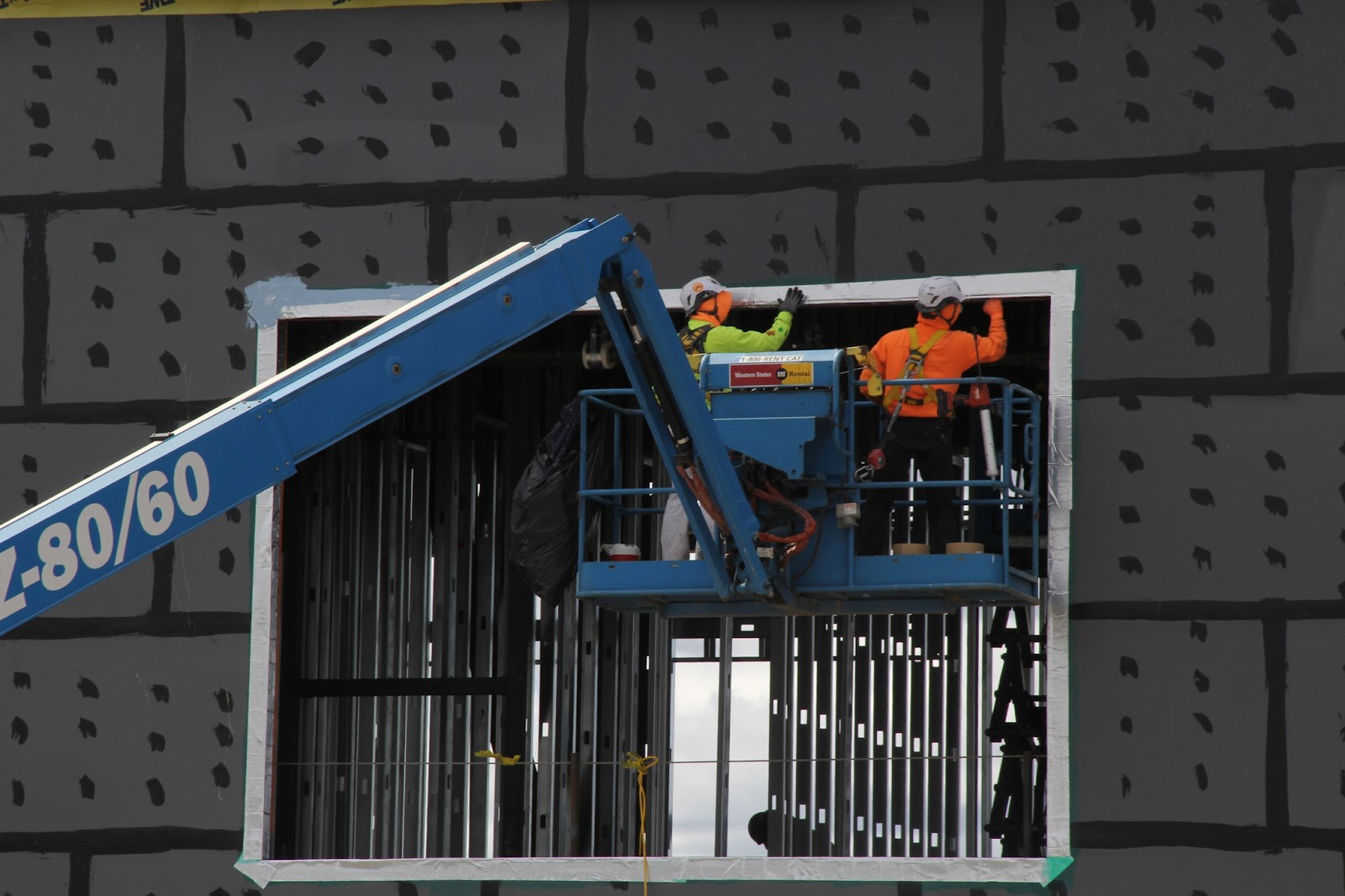
Photo Courtesy Spokane International Airport
“At a high level, the laws are doing exactly what they were designed to do: They are getting money out the door to fund state and local projects,” Adie Tomer, a Brookings Metro senior fellow, told “The Washington Post.” “We know governors, mayors, and county executives have been waiting to get started. Now the federal government is willing to pick up part of the tab, and they’re ready.”

